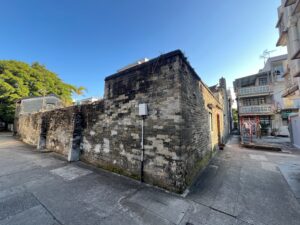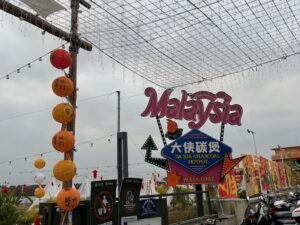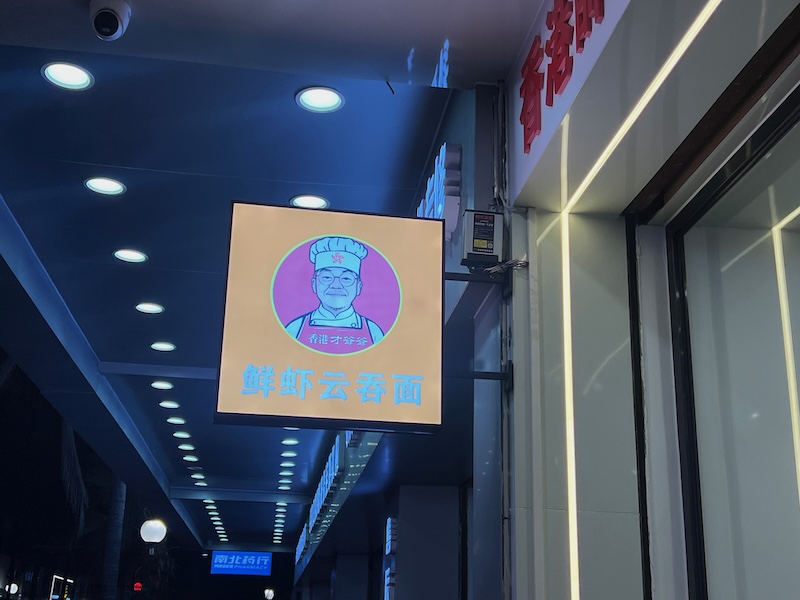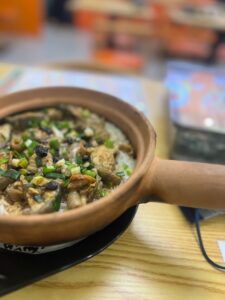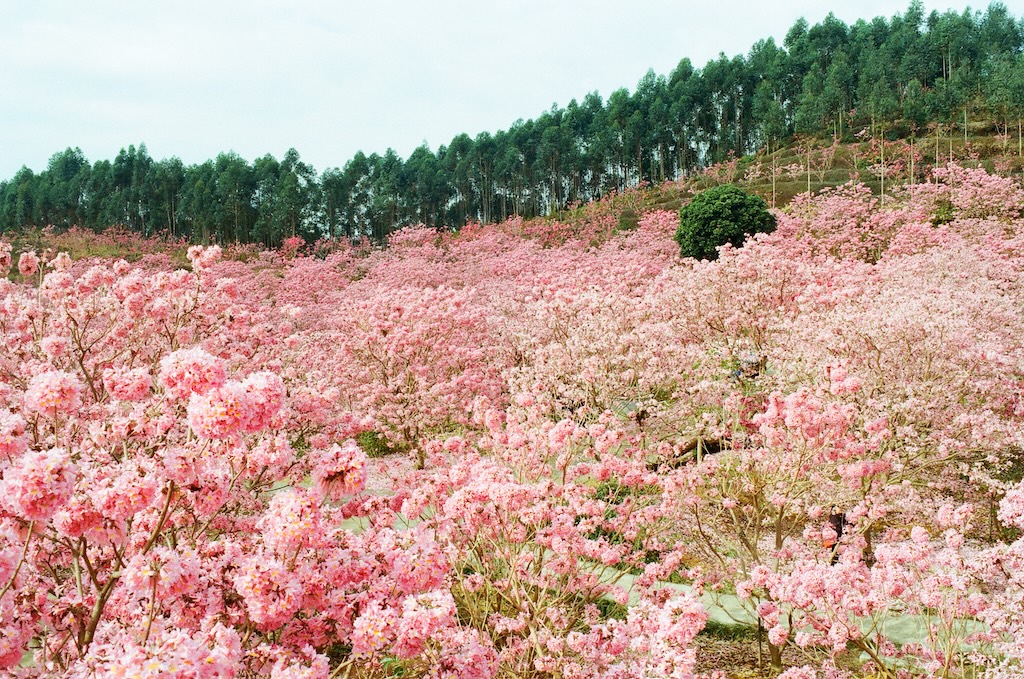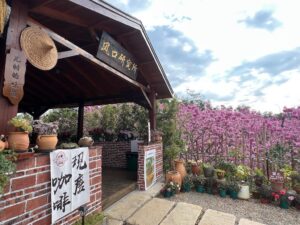Sheung Shui Heung, also known as Sheung Shui Wai, is traditionally of the Liu surname. As a large centuries-long settlement area for indigenous villagers, Sheung Shui Heung has a few heritage sites worthy of visiting. I have discussed the stately Liu Man Shek Tong Ancestral Hall in a previous entry. There are more interesting heritage buildings in Sheung Shui Heung.

This time I visited the old house in Chung Sum Tsuen Village, passed by the Liu Ming Tek Tong and also took a quick look at the Liu Ying Lung Study Hall. The suggestion is to visit all of these in one visit, along with the Liu Man Shek Tong Ancestral Hall.
Historic Home in Chung Sum Tsuen Village
Chung Sum Tsuen Village came into being when the Liu’s settlement sprawled beyond the original Wai Noi Tsuen Village area. Sheung Shui Wai, originally Wai Noi Tsuen Village, was established in around 1646. Then other villages, including Chung Sum Tsuen Village, was established in the 19th century as an expansion of the Liu’s settlement in Sheung Shui Wai.
On No. 9, Second Lane, Chung Sum Tsuen stands an old house with interesting architecture. For a long time I have been intrigued by the “wok handle top” (“wok yee” gable) gables of Qing dynasty era vernacular village homes. They shape like the handle of the wok, as the name suggests.
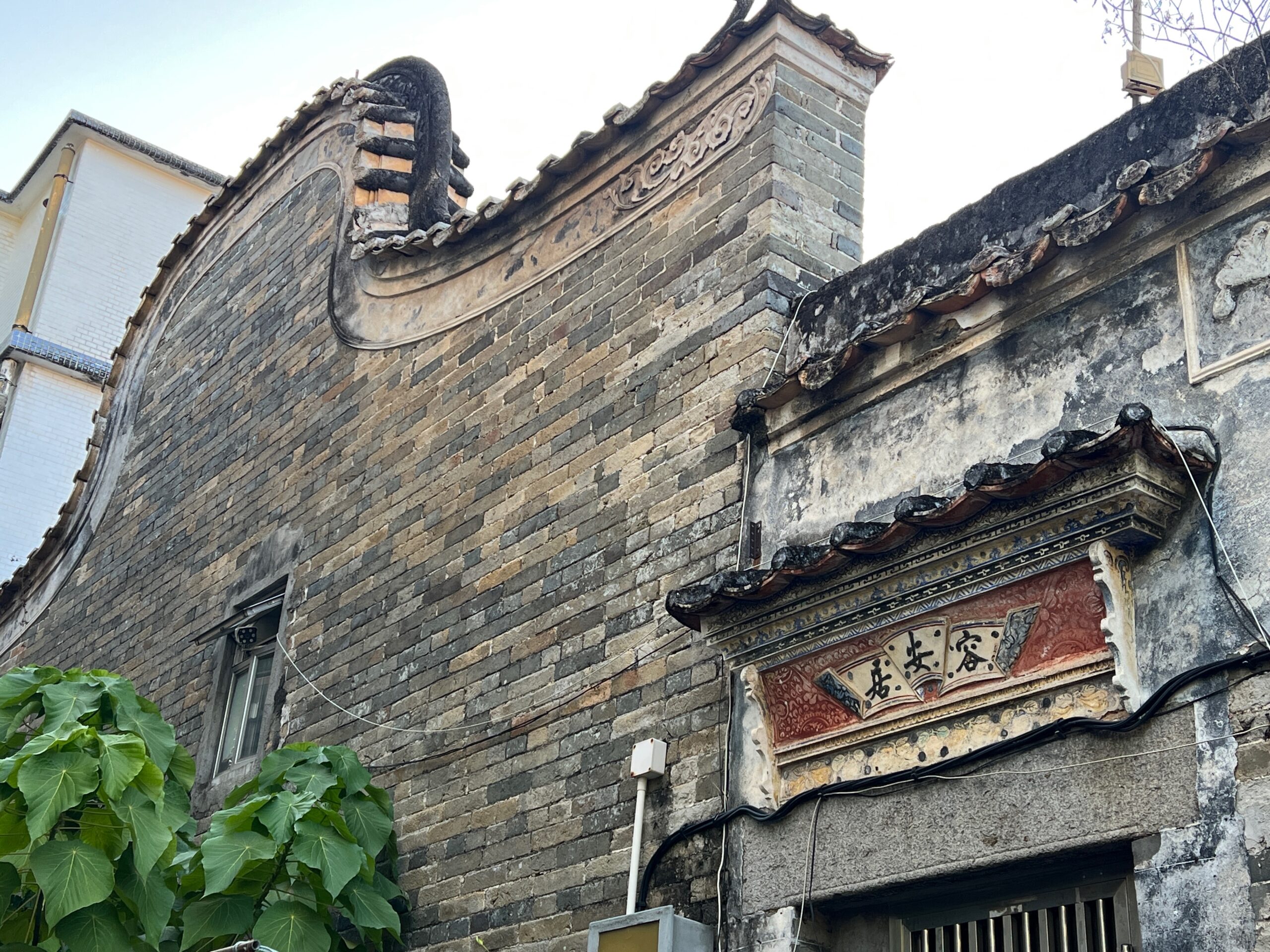
According to the Wikipedia on Lingnan Architecture, during the Ming dynasty, only those who have achieved a certain level of recognized scholarship could build this kind of top for their village homes. In terms of practical purpose, these types of walls prevent fire and provides shade against the sun.
On this site once stood the Ngai Lan Tong Ancestral Hall. The original structure collapsed in the 19th century. Thereafter, the villagers built their homes in this location. I took a short walk around the neighborhood and saw Ngai Lan Tong’s modern structure not far away.

On No. 11, First Lane, Chung Sum Tsuen stands another old house. It is actually just around the corner from No. 9, Second Lane. It also shows the “wok handle top” that fascinates me.
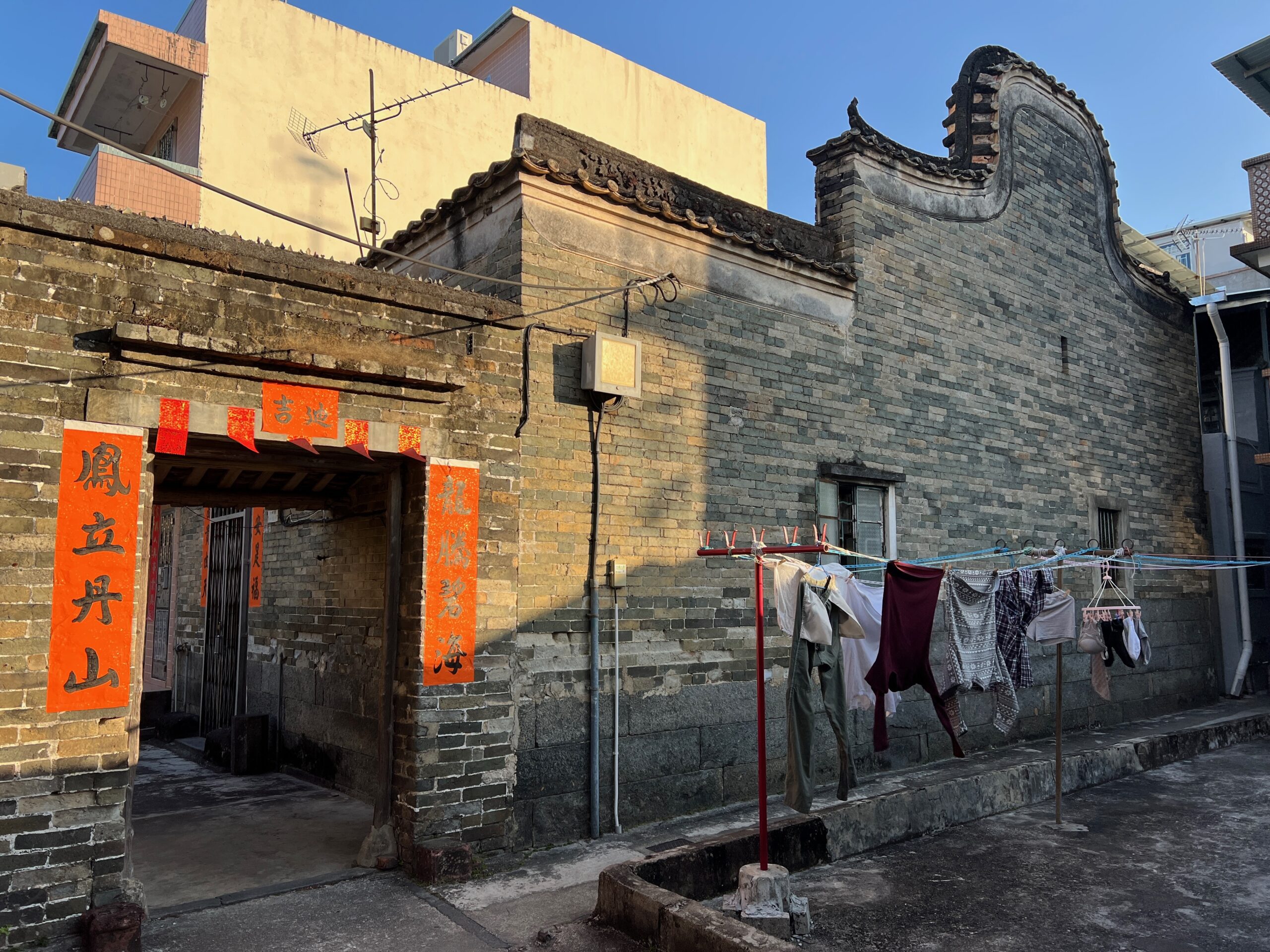
In terms of architectural merit, “it is constructed of green bricks with its walls to support its pitched roof of timber rafters, purlins and clay tiles” (AAB Historic Building Appraisal No. 1082).

Both of these houses are Grade 3 Historic Buildings. These old houses are still the residence for villagers. Therefore, please respect their privacy and minimize all potential disturbance when you visit.
The Liu Ming Tek Tong Study Hall
The Liu Ming Tek Tong Study Hall is a structure of the 8th year of the Daoguang reign in the Qing dynasty (1828), just ten years prior to the building of the Liu Ying Lung Study Hall, discussed below.

Built in the 2-hall, 1-courtyard layout, Liu Ming Tek Tong celebrates Liu Ying Fung, the brother of Liu Ying Lung. Liu Ming Tek Tong Study Hall and the Liu Ying Lung Study Hall lie nearby each other, as a celebration of the brotherhood between these two brothers.
The Liu Ying Lung Study Hall

The Liu Ying Lung Study Hall is a structure of the 18th year of the Daoguang reign in the Qing dynasty (1838). It commemorates the fourth-generation ancestor Liu Ying Lung. The structure is built in the 2-hall, 1-courtyard layout. The pitched roof of the study hall is supported by granite columns. On three sides of the courtyard there is a veranda.

At the back hall, an altar is set for the spirit tablets of the ancestors. The courtyard is the venue for all kinds of community events, including marriage celebration, New Years festivities and newborn ceremonies.
Other than community events and ancestral worship, the Liu Ying Lung Study Hall also served as a study for the village children to learn the Chinese classics. As with the Liu Man Shek Tong, the Liu Ying Lung Study Hall was once a kindergarten for modern education between 1963 to 1988. As such, the Liu Ying Lung Study Hall is itself a testament of the Liu’s tradition of saluting erudition and education in its clan.
The Liu Ying Lung Study Hall is a Grade 1 Historic Building.
The Liu Man Shek Tong Ancestral Hall

The Liu Man Shek Tong Ancestral Hall was built in the 16th year of the Qianlong Reign during the Qing dynasty (1751). Unlike most other ancestral halls in the New Territories, where they bear the name of a certain accomplished ancestor, the name Man Shek in this ancestral hall has a special story. According to the description on site,
Literally meaning 10,000 shi (“shek” a unit of measure for grain), the name “Man Shek” dates back to the Song dynasty… a distant ancestor of the clan, Liu Kong, and his four sons were all high government officials who each earned an annual salary of 2,000 shi of cereal, thus 10,000 shi in total. Their descendants named the ancestral hall “Liu Man Shek Tong” in their honour.
See more on the Liu Man Shek Tong Ancestral Hall in my previous entry.
Sources
Antiquities Advisory Board, 1444 Historic Buildings Summary No. 1074 on No. 9, Second Lane, Chung Sum Tsuen (Chin).
Antiquities Advisory Board, Historic Building Appraisal, No. 1082 on No. 11, 1st Lane, Chung Sum Tsuen, Sheung Shui.
The Wikipedia on Lingnan Architecture (Chin).
Tungknow.blogspot.com on Ming Tek Tong Study Hall (Chin).









